paprika is a sought-after, distinctive-tasting vegetable that, like potatoes and tomatoes, belongs to the nightshade family and is one of the low-calorie, extremely rich donors of vitamins and minerals. The more than 2,000 known species also include very hot-tasting varieties such as chilli and hot peppers.The capsaicin is responsible for the different pungency of the paprika.
What you should know about peppers

Original forms of the paprika were already around 7,000 BC. BC, i.e. about 9,000 years ago, cultivated as a crop in certain regions of Central and South America. The first cultivated forms with defined breeding goals emerged around 6,000 years ago in the same regions.
It was Christopher Columbus who first brought the first pepper plants to Europe around 1500. Since it was a very hot variety, it was intended to break the spice monopoly for black pepper from India that had prevailed until then. In the meantime, paprika is grown commercially in almost all subtropical and temperate zones worldwide in a practically immense variety of varieties. A year-round supply of paprika vegetables to the German market is guaranteed. While peppers from domestic cultivation and from Spain, the Netherlands and Hungary dominate the market in the summer months, sweet peppers from Israel and hot peppers from Egypt are also sold in the winter months.
The popular, versatile paprika vegetables are therefore also available in sufficient quantities outside the main season, which extends from July to November, in all quality levels - including organic quality. As a supplier of vitamins, minerals, trace elements, flavonoids and other secondary plant substances, paprika can make an important contribution to an adequate supply of vital and metabolically relevant substances, especially in the winter months. A positive aspect is that paprika is extremely low in nutrients and, with around 20 kilocalories per 100 grams, does not pose any diet problems even when consumed in larger quantities.
The taste of paprika varies from variety to variety and also depends on the degree of ripeness of the vegetable. Red, fully ripe peppers develop a slightly sweet taste, while green peppers have a rather tart taste and yellow peppers can be classified as mild in taste. Whether the peppers are green, red or yellow does not depend on the variety, but solely on the time of harvest. The more or less pungent taste depends on the capsaicin content. The peppers sold in Germany can usually be classified as very mild.
Importance to health
The health significance of peppers is less due to their nutrient content in the form of carbohydrates, proteins and fats, because it is to be assessed as rather poor. The enormous health benefit of paprika lies in the high content of vitamins, minerals, trace elements, carotenoids, flavonoids and other secondary metabolism-relevant ingredients with additional importance for digestion and the immune system.
The vitamin C content in ripe red peppers alone, at 117 milligrams per 100 grams, is more than twice as high as that of oranges and lemons. Capsaicin is of particular importance as it gives peppers a certain spiciness, depending on the variety. It can render so-called free radicals harmless in the body, and it stimulates digestion, metabolism and blood circulation. Capsaicin supports the immune system to prevent certain types of cancer.
Ingredients & nutritional values
| Nutritional information | Amount per 100 gram |
| Calories 40 | Fat content 0.2 g |
| cholesterol 0 mg | sodium 7 mg |
| potassium 340 mg | carbohydrates 9 g |
| protein2 g | vitamin C 242.5 mg |
The amounts of carbohydrates, proteins and fat that paprika provides per 100 g are very modest and can do little to contribute to a balanced diet with macronutrients. It already looks better with 3.4g per 100g of the vegetables in terms of fiber. Paprika is thus in the upper third of all vegetables that are frequently used.
Paprika can, however, shine with secondary plant substances that are relevant to health. The high content of vitamin C and vitamin E (2,500 µg / 100 g) is particularly striking. The content of vitamin E in bell peppers is three times that of parsnips. Substances such as tocopherols and tocotrienols, which are included in vitamin E, are known to be effective antioxidants. Paprika also plays a role as a supplier of minerals and trace elements.
Intolerances & allergies
As with almost all natural foods, people can react to certain ingredients in peppers with a food intolerance or even develop allergic reactions. In the case of bell peppers, it is mainly capsaicin, an alkaloid, that triggers the reactions. Capsaicin is the substance that gives paprika its pungent taste. However, some types of peppers such as B. the varieties classified under sweet peppers only have a very low capsaicin content.
If you regularly experience unusual tiredness, listlessness, or even sleep disturbances after consuming paprika, the symptoms may indicate a food intolerance to paprika. Pronounced allergic reactions with malaise, abdominal pain and other unspecific symptoms occur rarely. If the allergic reactions occur when eating all kinds of bell peppers, this is often due to the lack of the enzyme diamino oxidase, which is required by the body to break down capsaicin.
Shopping & kitchen tips
A wide variety of peppers is available in grocery stores all year round. The freshness of the vegetables can be read from the firm, shiny skin and the plump appearance as well as the fresh-looking green stems.
In addition, care should be taken to ensure that the shell is intact. Since many types of pepper are susceptible to disease and pests, the temptation for the vegetable grower is great to use insecticides, fungicides and other means to protect the pepper within the permitted framework. It is therefore definitely advisable to give preference to organic quality from the outset. Paprika is a post-ripening vegetable that is sensitive to the cold that should not be stored in the refrigerator, but can be stored separately from other post-ripening vegetables or fruit at around 10 to 15 degrees for several days and kept fresh.
Paprika is often eaten raw as part of a raw salad or cooked as a vegetable or chopped up in sauces or similar side dishes. Consuming the peppers raw guarantees the full vitamin content, because some sensitive secondary plant substances lose their physiological effect when they are cooked because the high temperature destroys their chemical composition or their tertiary structure.
Preparation tips
For some types of preparation, the paprika must be freed from the thin outer and indigestible skin. To do this, the peppers are halved or quartered as usual, the pips and the inner casing removed and then placed with the skin facing up in the oven preheated to 200 to 220 degrees.
As soon as the skin starts to blister and brown-black areas can be seen in places, the peppers are briefly quenched in ice water. The skin can now be peeled off the handle towards the tip. If the different colors of the peppers are to be retained when cooking sauces or soups, it is important not to use any acidic ingredients such as wine, vinegar or lemon, because otherwise the bright colors take on a uniform brownish - and rather unattractive - brownish hue.

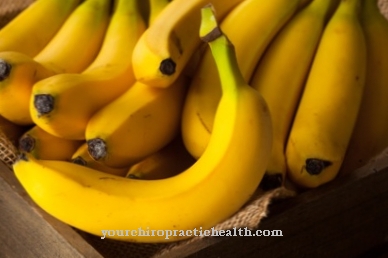
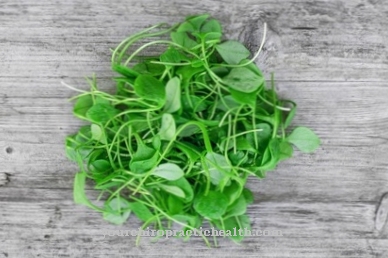
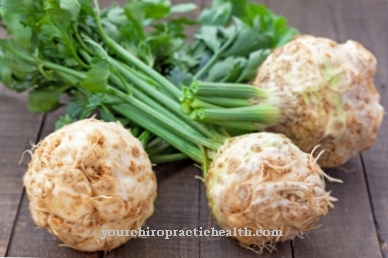
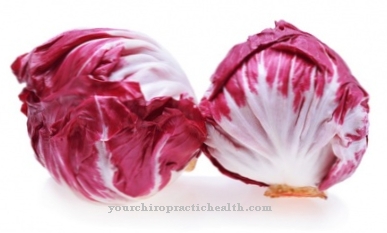
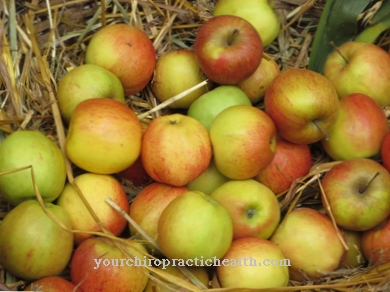
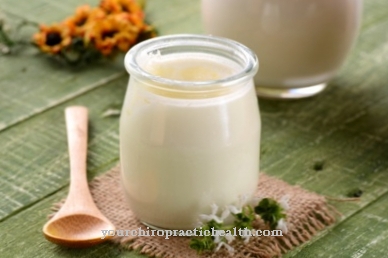





.jpg)



.jpg)










.jpg)
